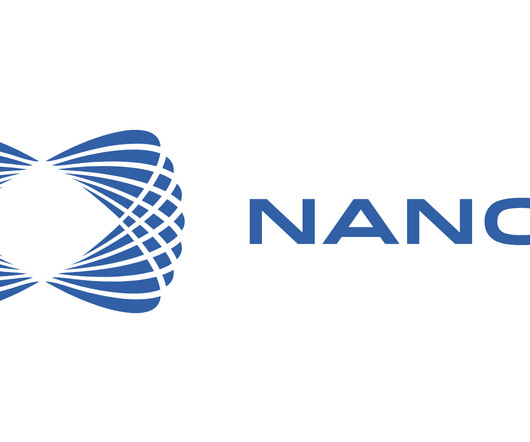Patient Care Management in 2024: How AI Innovates Patient Discovery
Aidoc
JUNE 5, 2024
In the rapidly evolving landscape of healthcare technology, the development of patient management systems is pivotal. Particularly groundbreaking is the integration of artificial intelligence (AI), which has revolutionized the approach to patient care management.












Let's personalize your content